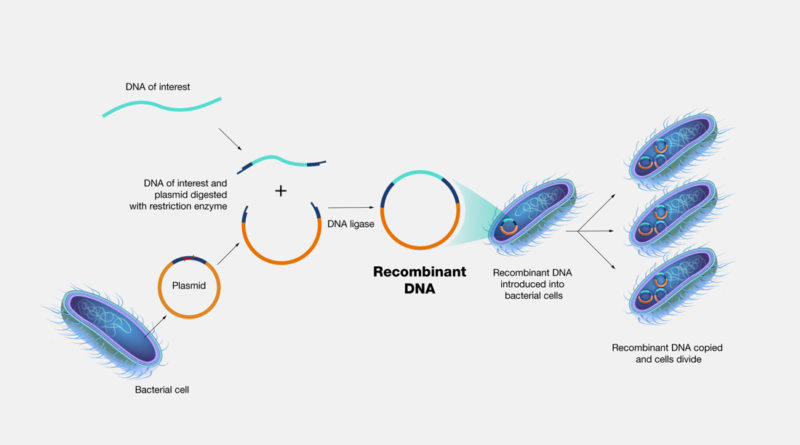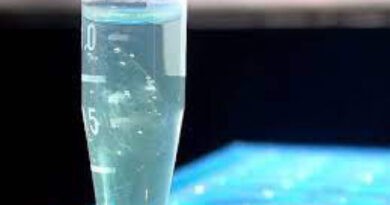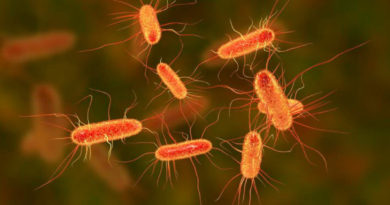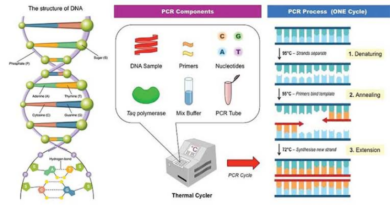Recombinant DNA Technology
It is since beginning that human have been tried to get the more potential breed of animal, plants and other species. Initially this was done by cross of good and healthy breeds which can give birth to extraordinary hybrids.
Recently with the improvement in the study and understanding of genetics of animals and plants, it is now easy to keep good genes in an organism to make it more advanced. This all is done on the name of genetic engineering and is accomplished by a collection of methods known as recombinant DNA technology. the generation of a large number of genetically identical DNA molecules is called cloning.
To achieve it there is a slandered protocol of events. First, the DNA responsible for a particular phenotype is identified and isolated. Once purified, the gene or genes are fused with another piece of DNA called a cloning vector to form recombinant DNA molecules. These are propagated by insertion into an organism that may not even be in the same domain as the original gene donor.
Historical Perspectives
Recombinant DNA is DNA with a new sequence formed by joining fragments from two or more different sources. One of the first breakthroughs leading to recombinant DNA technology was the discovery in the late 1960s of bacterial enzymes that make cuts in double stranded DNA. These enzymes, known as restriction enzymes or restriction endonuclease, recognize and cleave specific sequences about 4 to 8 base pair long.
They normally protect host cell by destroying phase DNA after its entrance in the host cell. Cells protect their own DNA from restriction enzyme by methylated specific nucleotide. Incoming foreign DNA that is not methylated in the same pattern as the host may be cleaved by host restriction enzymes.
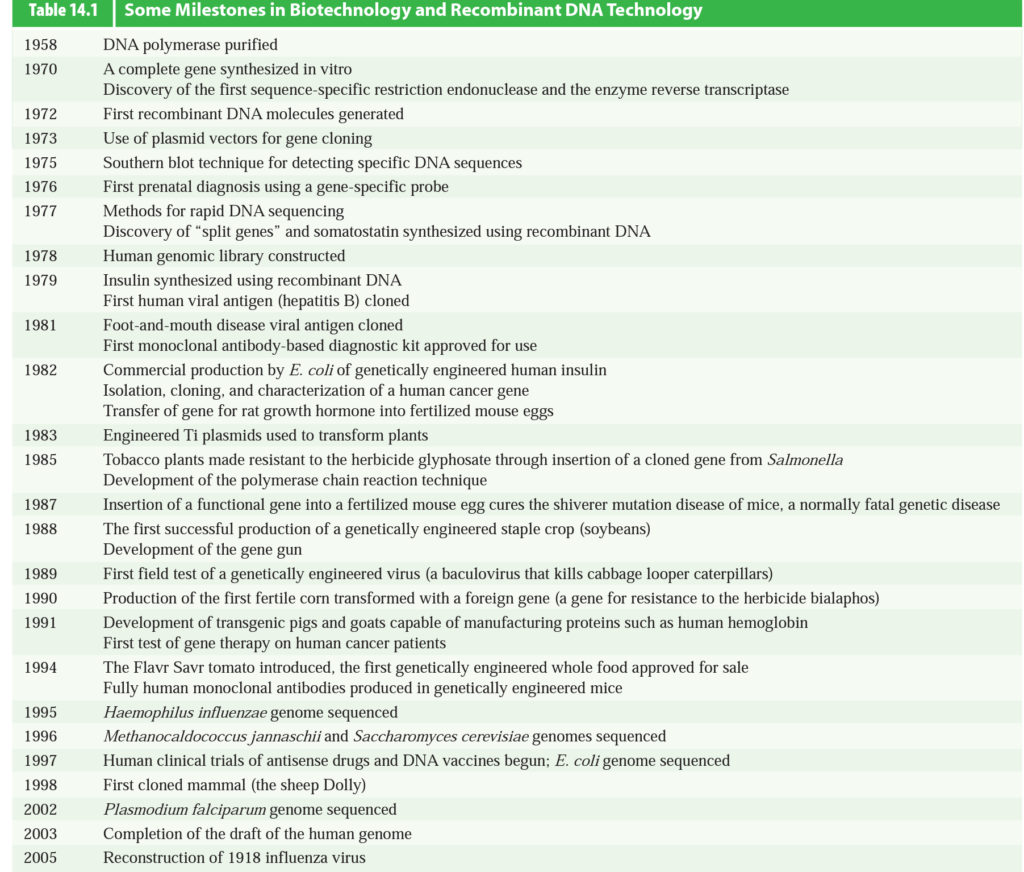
Restriction enzyme recognize specific DNA sequences called recognition sites. Each restriction enzyme has its own recognition site.
Importance of Recombinant DNA Technology
By using Recombinant DNA Technology (RDT) we can add or remove specific gene to any organism’s DNA. This specially important to overcome genetic disorder or we can insert a specific gene to the organisms to fight against to the specific disease.
By using RDT we can make a synthetic DNA molecule, which would have genes of our interest. This technology is in its initial phase and have huge possibilities to work on. Synthetic DNA build by this method can have specific functions and can build our interest proteins.
